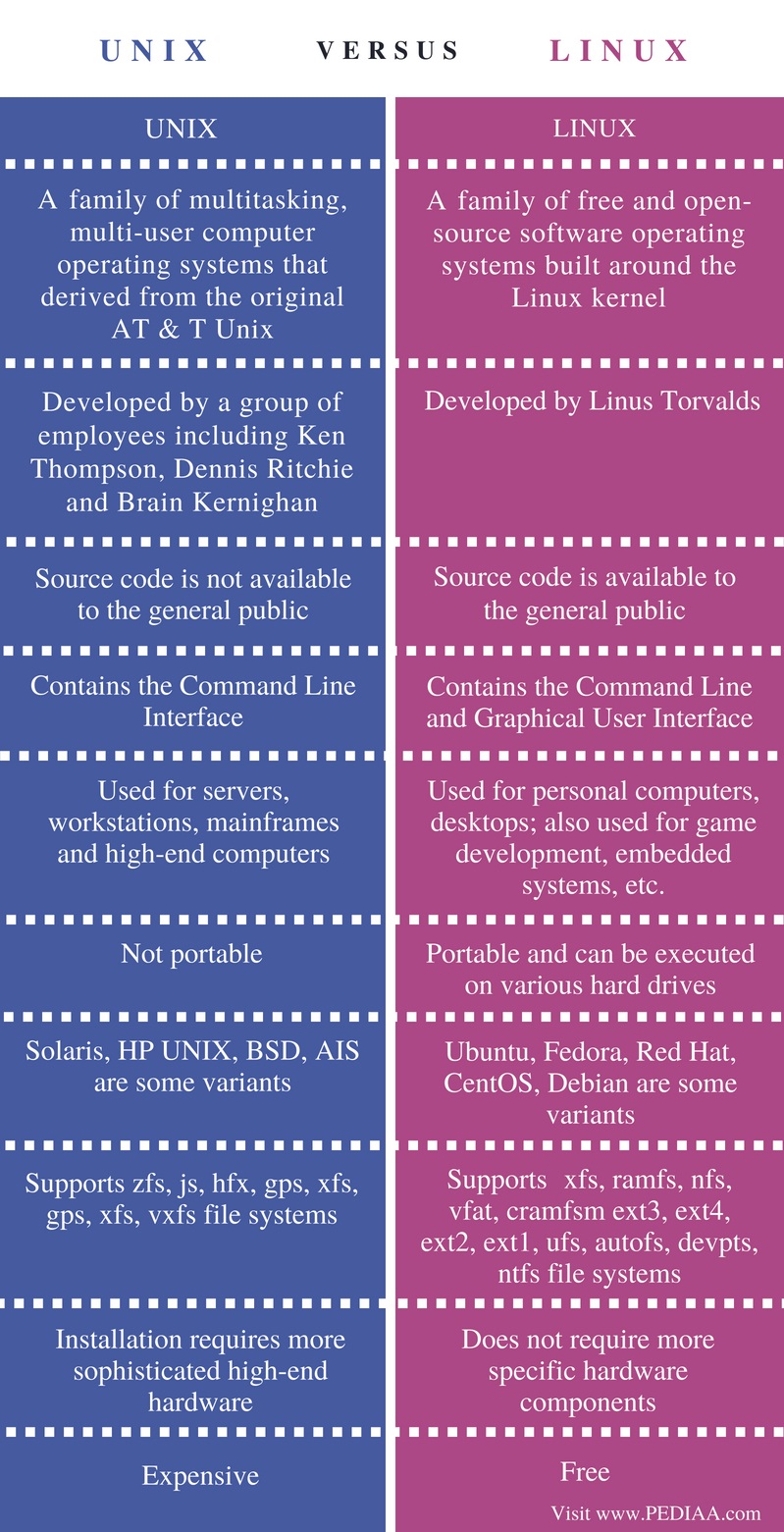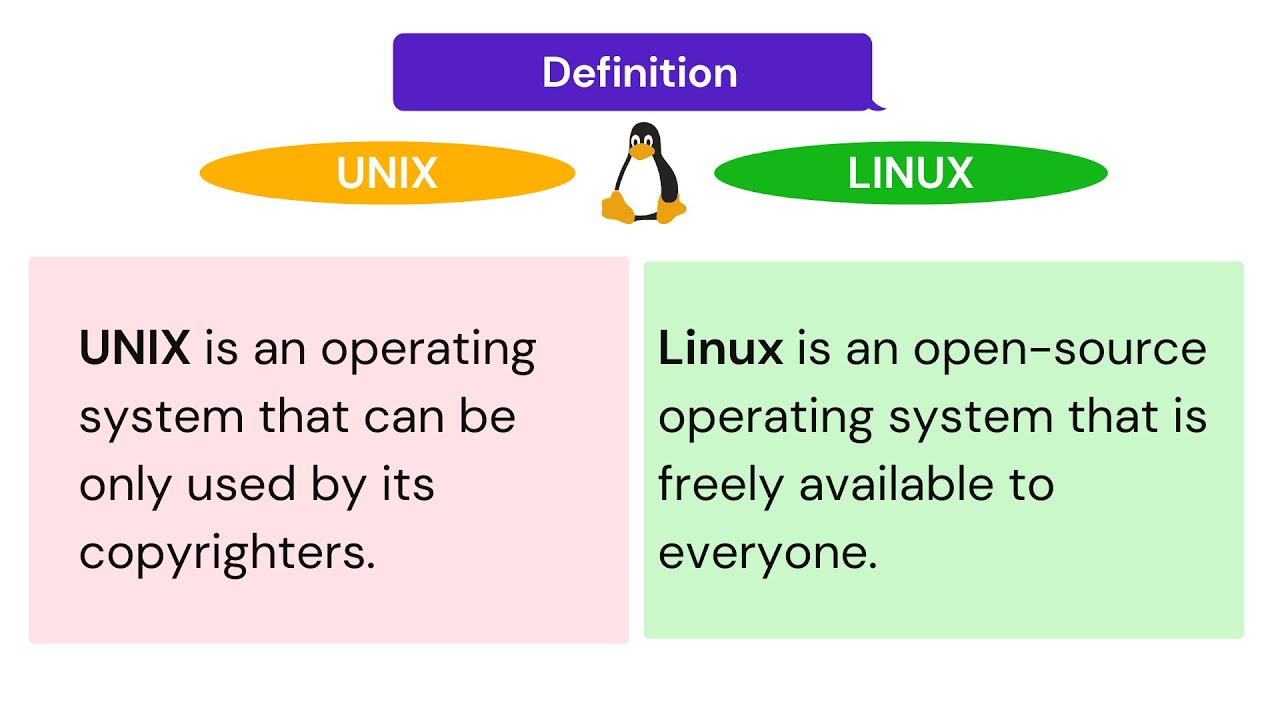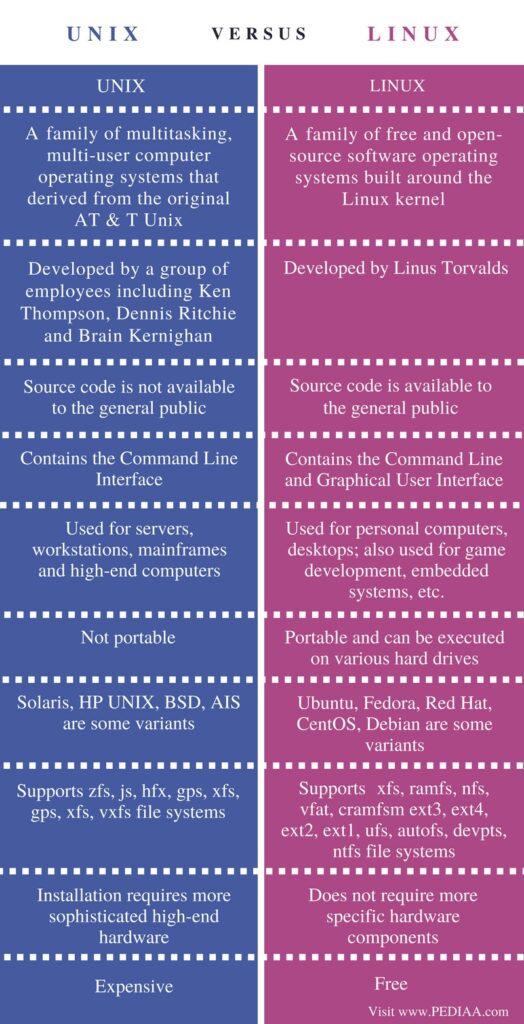
For newcomers to Linux, the term “Unix” may ring a bell. While resembling Linux, it poses the question: What sets Unix apart from Linux?
Interpreting each term reveals nuanced distinctions, shaping their interconnected narrative. This article offers a simplified portrayal of Linux and Unix, fostering comprehension. Feel free to engage further through questions and contributions in the comments.
Unraveling the Unix and Linux Narrative
Unix’s story starts in the late 1960s and early 1970s at AT&T Bell Labs’ computing research department in the United States. Alongside MIT and General Electric, Bell Labs was working on a new operating system. However, some researchers became dissatisfied with the project’s pace and branched out to develop their own OS. In 1970, this new creation was dubbed Unix, and within two years, its code underwent a complete rewrite in the C programming language, significantly simplifying the process of porting Unix to various computing platforms.
Unix’s development saw AT&T licensing its usage to universities and later commercial vendors, restricting source code modification and distribution, effectively establishing it as a proprietary operating system. Subsequently, various Unix derivatives and variants, such as BSD (Berkeley Software Distribution), emerged with different licenses and tailored for diverse purposes.
Linux embodies the spirit and functionality of Unix, diverging in its codebase. Originating from two distinct endeavors, it amalgamates the GNU Project, initiated by Richard Stallman in 1983, and Linus Torvalds’ creation of the Linux kernel in 1991. The GNU Project aimed to craft a Unix-like operating system, yet independent from it, devoid of Unix code constraints, enabling unrestricted modification and distribution as free software. Given the GNU Project’s incomplete kernel, integration with the Linux kernel birthed the GNU/Linux operating system.
The Linux kernel design drew inspiration from MINIX, a Unix variant, but the code was entirely self-written, not borrowed. Unlike Unix, which primarily served servers, mainframes, and expensive computers in institutions, Linux targeted personal computers, simpler hardware. Nonetheless, it now spans diverse platforms, surpassing other OSes, including servers, embedded systems, and mobile phones.
Defining Unix
- The pioneering operating system originated at AT&T Bell Labs, serving as the foundation for subsequent operating systems.
- The trademark UNIX, held by The Open Group, encompasses a set of standards for operating systems known as the Single Unix Specification. Only systems compliant with these standards can legally use the name “Unix”. Compliance necessitates payment of trademark royalties by OS developers.
- Operating systems registered under the “Unix” name meet the aforementioned standards. They include AIX, A/UX, HP-UX, Inspur K-UX, Reliant UNIX, Solaris, IRIX, Tru64, UnixWare, z/OS, and OS X—yes, the one powering Mac computers. Notably, OS X celebrated its 14th birthday on March 24. Congratulations!

Defining Linux
Strictly speaking, “Linux” only refers to the kernel. The operating system lacks completeness without a desktop environment and applications, which are predominantly provided by the GNU Project. Hence, the comprehensive name for the operating system is GNU/Linux.
However, nowadays, “Linux” is commonly used to denote all Linux distributions, serving as a generic term for all operating systems built on the Linux kernel. Version 4.0 of the Linux kernel is presently in development, following Linus Torvalds’ recent decision to adopt a new numbering system for kernel releases.
Linux operates as a Unix-like system, emulating Unix behavior without containing its code.
Unix-like systems, often termed Un*x, *NIX, or *N?X, and referred to as “Unixoids” in some languages, lack official UNIX certification. Linux, lacking this certification, contrasts with OS X, which is considered “more Unix” due to GNU’s acronym “GNU’s Not Unix”. However, regarding functionality, the Linux kernel and GNU/Linux operating system(s) closely resemble Unix. They adhere to Unix philosophy, characterized by human-readable code, system configuration stored in plain text files, reliance on simple, small command-line tools, and inclusion of a shell, login, and session manager.
It’s possible for a Unix-like system to obtain UNIX certification. In some contexts, all operating systems derived from or based on Unix are referred to as Unix-likes, regardless of certification. They can be commercial or free (and open-source) operating systems.
Key Differences
- Linux is free and open-source, while the original Unix is not (though some derivatives are);
- Linux is a “clone” of Unix, but without its code;
- Linux is solely a kernel, unlike Unix, which is/was a complete operating system;
- Linux was developed for personal computers, whereas Unix was primarily for workstations and servers. Today, Linux supports more platforms than Unix;
- Linux supports more filesystem types than Unix.
Confusion often arises from the differing interpretations of “Unix” and “Linux.” Regardless, Unix predates Linux, with the latter emerging later driven by the pursuit of software freedom and portability, influenced by Unix’s computing paradigm. The free software movement deserves recognition for shaping today’s technological landscape, which would be considerably bleaker without it.

Pritam Chopra is a seasoned IT professional and a passionate blogger hailing from the dynamic realm of technology. With an insatiable curiosity for all things tech-related, Pritam has dedicated himself to exploring and unraveling the intricacies of the digital world.



